Lip Augmentation in Austria
Search and Compare the Best Clinics and Doctors at the Lowest Prices for Lip Augmentation in Austria

Find the best clinics for Lip Augmentation in Austria
No pricing info available
Egypt offers the best prices Worldwide
Price: $ 74
Premium Health Solutions - Austria, can be found in Heiligenstaedter Str, Vienna, Austria and offers its patients Lip Augmentation procedures as well as 53 other procedures, across 18 different procedure categories. At present, there is no pricing information for Lip Augmentation procedures at Premium Health Solutions - Austria. The pricing information is quite specialised, so it's only available on request. Currently, there's no information available about the doctors at the Hospital, and Premium Health Solutions - Austria is not accredited by any recognised accreditations institutions.
- Home
- Austria
Compare Before & After Photos of _procedure_photos.phpLip Augmentation
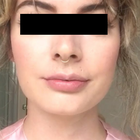

Front view
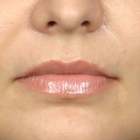
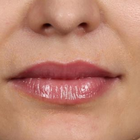
Front view
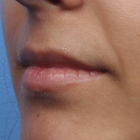
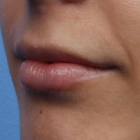
Half-side view
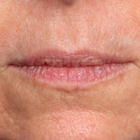
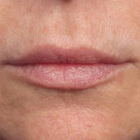
Front view
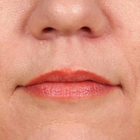
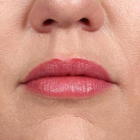
Front view
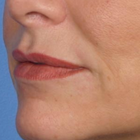
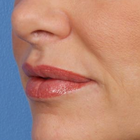
Half-side view
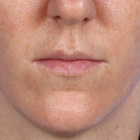
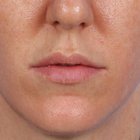
Front view
WHY US?
At Medijump, we're making medical easy. You can search, compare, discuss, and book your medical all in one place. We open the door to the best medical providers worldwide, saving you time and energy along the way, and it's all for FREE, no hidden fees, and no price markups guaranteed. So what are you waiting for?

Free

Best Price

Widest Selection

Risk-Free
What you need to know about Lip Augmentation in Austria
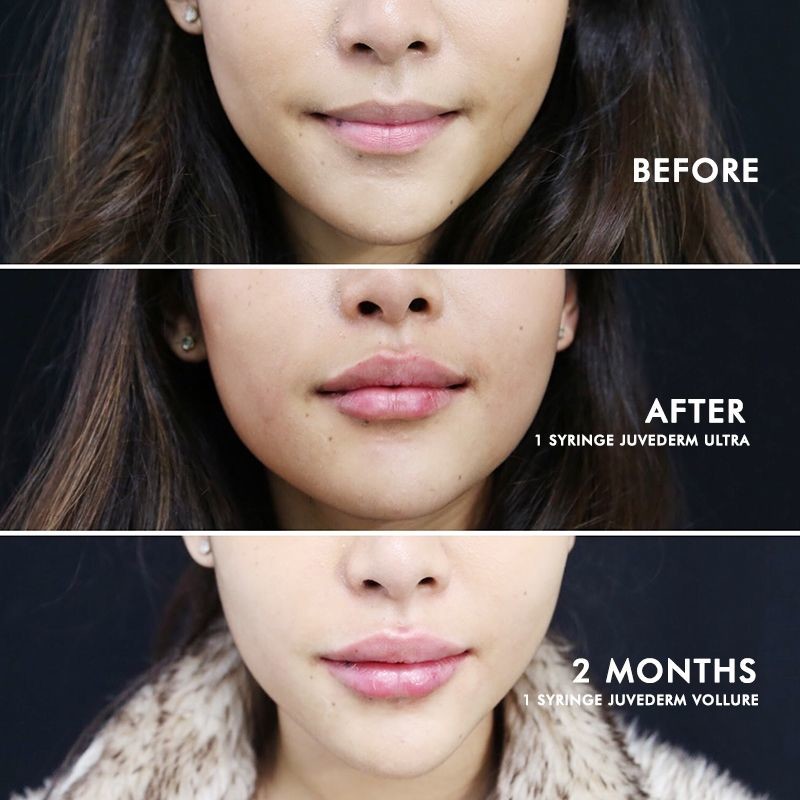
Also known as a Lip Enhancement, Lip Augmentation is a surgical procedure aimed at improving the fullness and appearance of the lips by enlarging them. There are two main types of lip augmentation: filler injections and implants. Simple filler injections can be used for short-term effects, whilst implants offer a more long-term solution to less defined or naturally thin lips.
Today, lip filler is the more popular type. Whether you want fuller lips with more volume or to balance your lip shape, dermal fillers can help you get the lips you've always wanted. If you are worried about lines around the lip area and notice your lipstick ‘bleeding’ into these lines, often having lip filler injected can help to soften these fine lines as well.
It's important to have realistic expectations about the outcome. Enhanced lips may make your lips plumper and fuller, but you will still be you when you walk out of the doctor's office. Click the image to see more Before and After photos.
Your doctor can discuss with you the pros and cons of your lip augmentation options and help you decide which technique or product is best for you.
What does a Lip Augmentation Procedure Involve?
Lip Augmentation with Implants
Before you undergo a lip implant procedure, your doctor will determine what size of lip implant would be best for you. During the procedure, your doctor sterilizes the skin around the surgical area. Then the lips are anesthetized with local anesthesia. Your doctor will make an incision in each corner of your mouth. Then, a tunnel in your lip is created using an instrument known as a curved alligator clamp. The implant is grasped into the lip tunnel and positioned underneath the lip fat above the lip muscles. The last step is closing the incisions with absorbable sutures. The implants are usually made of soft, pliable silicone rubber or biodegradable substance. Lip implants offer a semi-permanent lip enhancement for people who want a more lasting solution with minimal maintenance. The benefit of lip implants is the results that can last for many years.
Lip Augmentation with Fillers
During a lip filler injection, a topical anesthetic will be applied to your lips so you won't feel any pain. Then, a thin needle will be used to inject the lip filler into any or all parts of your lips, including the curve in the center of your upper lip (Cupid's bow), the edges of your lips (vermilion border), and your oral commissures (corners of your mouth).
The amount of lip filler injected depends on how much plumper you want your lips to be. On average, your doctor may insert 1 milliliter of lip filler into your lips.
There are also other methods to perform lip augmentation, including fat grafting, tissue grafting, or local flap grafts. However, they are not commonly performed since they have a greater risk of complications.
How Long Should I Stay in Austria for a Lip Augmentation Procedure?
For lip fillers, the whole treatment takes only 15 to 30 minutes and you may go home straight after the procedure. Lip implants may take longer, at least around 30 minutes. Plan to stay in Austria longer, at least a week or until your doctor says you can travel home.
What's the Recovery Time for Lip Augmentation Procedures in Austria?
For several hours after the procedure, your lips will be numb. You will need a minimum of three days off from work. You should not do any exercise for a few days after filler injections and for a few weeks after lip implants. In general, your recovery can take up to two weeks before you are allowed to go back to your normal routine.
What sort of Aftercare is Required for Lip Augmentation Procedures in Austria?
Following the procedure, you may use ice to ease discomfort and control swelling and avoid using any lipstick or lip products for several days. It is also advised not to eat anything hard at least until you have full sensation in your lips. You can eat plenty of soft foods, such as pudding, oatmeal, yogurt, or anything that does not require chewing. Your doctor may prescribe ointment or cream to put on the treated areas.
What's the Success Rate of Lip Augmentation Procedures in Austria?
Lip augmentation, particularly lip fillers, has a high success rate. Many patients have said that the procedure has boosted their self-image and self-confidence. Remember that you will need to undergo another lip filler injection after six to eight months, or depending on the case, your lip filler may also last for 9 to 12 months. There are several side effects, complications, and risks to be aware of before you undergo lip augmentation.
Side effects of fillers that should only last a few days:
- Bleeding from the injections sites
- Swelling and bruising
- Reactivation of cold sores or fever blisters
- Redness at the site of injections.
If the symptoms above do not subside after a few days, you need to call your doctor. There are also more serious side effects or risks, such as severe and prolonged swelling, lip asymmetry, lumps in the lips, ulceration, allergic reaction, tissue loss, and infection. Call your doctor immediately if you experience any of those symptoms.
To see how lip fillers are applied and the speed at which the procedure can be completed, watch this short video.
Are there Alternatives to Lip Augmentation Procedures in Austria?
If you do not want to undergo implant or filler injections, there are several alternatives. One of the newest alternatives is lip threading, which passes miniature threads or sutures through a small tube to elevate the skin and create tension. You can also opt for topical lip plumper’s, usually in the form of lip gloss made with either hyaluronic acid or collagen. It will give you a tingly sensation that causes your lips to swell.
Whilst the information presented here has been accurately sourced and verified by a medical professional for its accuracy, it is still advised to consult with your doctor before pursuing a medical treatment at one of the listed medical providers
No Time?
Tell us what you're looking for and we'll reachout to the top clinics all at once
Enquire Now

Popular Procedures in Austria
Prices Start From $111

Prices Start From $16

Prices Start From $220

Prices Start From $340

Prices Start From $101

Prices Start From $53

Prices Start From $5

Prices Start From $278

Recommended Medical Centers in Austria for Lip Augmentation

- Interpreter services
- Translation service
- Religious facilities
- Medical records transfer
- Medical travel insurance
- Health insurance coordination
- TV in the room
- Safe in the room
- Phone in the room
- Private rooms for patients available

- Interpreter services
- Translation service
- Religious facilities
- Medical records transfer
- Medical travel insurance
- Health insurance coordination
- TV in the room
- Safe in the room
- Phone in the room
- Private rooms for patients available

- Interpreter services
- Translation service
- Religious facilities
- Medical records transfer
- Medical travel insurance
- Health insurance coordination
- TV in the room
- Safe in the room
- Phone in the room
- Private rooms for patients available

- Interpreter services
- Translation service
- Religious facilities
- Medical records transfer
- Medical travel insurance
- Health insurance coordination
- TV in the room
- Safe in the room
- Phone in the room
- Private rooms for patients available
Lip Augmentation in and around Austria
Austria is a mountainous landlocked country in south-central Europe. Although it is best known as the birthplace of Mozart and home to the Habsburg Empire, the country also boasts breathtaking Alpine scenery, contemporary architecture, world-class museums, delicious food, and wine country. Austria is also known to have one of the best healthcare systems in the world, making it a popular destination for international medical tourists. Many people, particularly from other European countries and Asia, come to Austria to receive medical care in one of its many internationally acclaimed medical centers, two of which are accredited by JCI. These medical centers feature cutting-edge technology and first-class facilities.
Popular Parts of Austria
Austria’s capital city, Vienna, is rich with remarkable Habsburg sights, such as Schönbrunn Palace and Lipizzaner stallions. It is also home to the Mozart Museum, St. Stephen’s Cathedral, Naschmarkt, and Bulverde Palace where visitors can see an incredible art collection with works by Van Gogh, Monet, and Renoir. Salzburg is another popular city in the country. This city is frequented by fans of Mozart and the “Sound of Music.” It also boasts beautiful Baroque churches, a dramatic castle, and a stunning old town full of winding lanes. Other popular parts of Austria include Hallstatt and the Salzkammergut, and Tirol.
Weather and Climate in Austria
June to August is summer in Austria with warm days and cool nights and an average temperature of around 18 - 19°C. Summer mornings are usually sunny, but thunderstorms can sometimes break out in the afternoon. Winter in Austria, from November to March, can be very cold as the temperatures plummet to an average of -1 to 5°C. Spring and autumn are generally nice and incredibly beautiful.
Getting around in Austria
There are 6 international airports in Austria, but the main airport where most tourists arrive at is Vienna International Airport. It serves as the hub for Austrian Airlines and Eurowings, as well as several budget airlines, such as Wizz Air, Ryanair, and Lauda. This airport connects Austria with many cities in other European countries, North America, Africa, and Asia. Getting around Austria is fairly easy since it's public transport system is fast, efficient, and reaches even remote regions. Internal flights are available, but given the size of the country, it is rarely necessary. The country’s national railway system (ÖBB) is integrated with the Postbus services. Cheaper bust options, such as the Flexibus, are available as well. Inside major cities, an extensive system of light rail, metro, bus, and tramway services are available. Taxis are reliable and relatively affordable.
Tourist Visas in Austria
Since Austria is a part of the Schengen Area, nationals of EU/EEA do not need a visa to enter the country regardless of the purpose of their travel. Citizens of about 62 countries are exempt from a visa to travel to Austria, including the US, Canada, Australia, and South Korea. Unless you are a citizen of these 62 countries, you will need a visa to visit Austria.
Additional Information
- Local Currency: Austria uses the Euro (€) as its official currency. €1 converts to approximately US$1.17.
- Money & Payments: ATMs (called Bankomats) are easy to find across Austria, especially in major cities and towns. Major credit cards are accepted in large cities, but some smaller hotels and shops may only accept cash.
- Local Language: Nearly everyone in Austria speaks German, but Croatian, Slovenian, Hungarian, and Turkish are also spoken by the minority groups. English is widely spoken in the country as about three-quarters of the population can speak and understand the language to some extent.
- Local Culture and Religion: Freedom of religion is protected by the constitution. Around 64% of the population identifies as Roman Catholic. Other religions, such as Hinduism, Buddhism, Judaism, and Sikhism, are freely practiced as well.
- Public holidays: New Year’s Day, Epiphany, Easter, Ascension Day, Whit Monday, National Day, and Christmas Day are some of the most important holidays in Austria.
Popular Searches
- Plastic Surgery in Thailand
- Dental Implants in Thailand
- Hair Transplant in Thailand
- Breast Augmentation Thailand
- Gastric Sleeve in Thailand
- Gender Reassignment Surgery in Thailand
- Laser Hair Removal in Bangkok
- Botox in Bangkok
- Dermatology in Bangkok
- Breast Augmentation in Bangkok
- Coolsculpting in Bangkok
- Veneers in Turkey
- Hair Transplant in Turkey
- Rhinoplasty in Turkey
- Stem Cell Therapy in Mexico
- Rhinoplasty in Mexico
- Liposuction in Mexico
- Coolsculpting in Tijuana
- Rhinoplasty in Korea
- Scar Removal in Korea
- Gastric Sleeve in Turkey
- Bone Marrow Transplant in India
- Invisalign in Malaysia
- Plastic Surgery in the Dominican Republic
- Tummy Tuck in the Dominican Republic
- Plastic and Cosmetic Surgery in Poland
- Rhinoplasty in Poland
- Hair Implant in Poland
- Dental Implants in Poland
- IVF in Turkey
